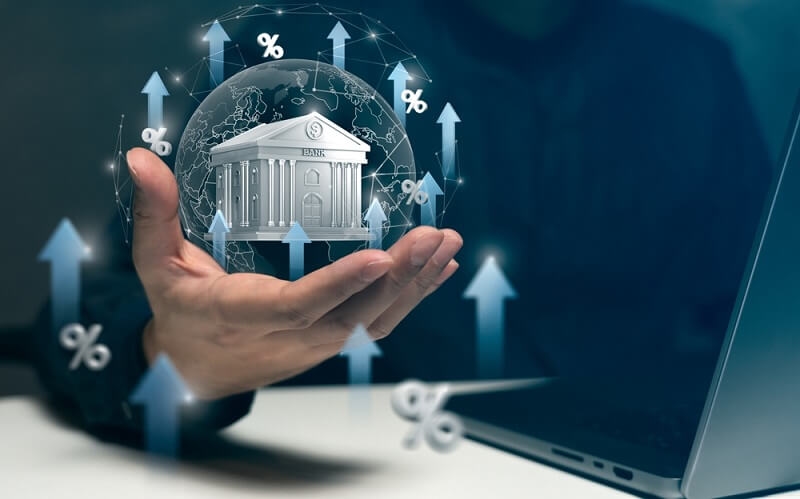
Your primary bank is more than just a place to park your paycheck. It is where cash flow for daily spending stays, savings remain safe, and, most often, financing, loans, or a variety of investment services are sought. The correct one can protect and save you a lot that Money can turn into enhancing your Savings. The wrong one will entail Money drained by fees, interface hindered by its awesomeness, and customer service that becomes a nightmare. The best bank features are not gimmicks or freebies or the like—we are talking about real daily conveniences for your life.
If you’re in the process of choosing a bank, here are six must-have features you shouldn’t compromise on.
When it comes to convenience, nothing beats a reliable debit card linked to your primary bank account. Whether you’re buying groceries, paying for gas, or booking something online, your debit card should work seamlessly and securely.
Look for:
When choosing a bank, don’t just check whether they give you a card — check how easy it is to use that card in real life. Some banks advertise “free ATM access” but limit you to certain locations. Others have rock-solid fraud protection and mobile wallet integration, making payments faster and safer.
More to Discover: Checking vs Savings Accounts: Smarter Money Moves Today
Strong online banking features are no longer optional — they’re expected. Your primary bank should have a clean, easy-to-navigate platform and a mobile app that doesn’t lag, glitch, or crash.
Must-have tools include:
The best features of a bank save you time and reduce the need to visit a branch. If you’ve ever had to wait days for a balance update or struggled with a clunky login process, you know how frustrating bad online banking can be. Test the app before opening your account — if it feels outdated or unreliable, move on.
Even in a digital age, checks still show up — whether it’s a tax refund, a client payment, or a birthday gift from a relative. Running to the branch to deposit them shouldn’t be your only option.
The best financial services offered by banks include mobile check deposit — take a picture of the check, submit it through your bank’s app, and your money is on the way.
Here’s what to look for:
If your primary bank takes three days to release funds or makes you jump through hoops for a simple check, you’ll quickly regret your choice.
Paying bills should be easy and automated. One of the best bank account benefits you can get is a smooth online bill pay system.
Your primary bank should let you:
This isn’t just about convenience — it’s about avoiding late fees. If you’re choosing a bank, test their bill pay process before committing. Some systems are so clumsy that customers give up and pay bills manually, which defeats the purpose.
Your bank account shouldn’t surprise you. Real-time alerts keep you in control and help you avoid problems before they snowball.
The best features of a bank include customizable alerts for:
Your primary bank should give you full control over which alerts you receive and how — text, email, or app notification. These alerts are more than just reminders; they’re your first line of defense against fraud and accidental overspending.

No matter how modern the online banking features are, they mean nothing if your money isn’t safe. Your primary bank must be FDIC-insured (or NCUA-insured for credit unions), covering deposits up to $250,000 per depositor.
Essential security measures include:
When choosing a bank, this is the one area you never compromise on. Weak security can cost you more than any overdraft fee ever will.
Discover More: Saving vs Paying Debt First? Choose the Best Strategy
While the six essentials are non-negotiable, the right primary bank can also offer:
Choosing a bank isn’t just about opening an account — it’s about building a relationship with an institution that will handle your money for years to come. The best features of a bank make your life easier, safer, and more profitable.
A good primary bank:
You may like: How Banks Determine Your Loan Eligibility Based on Key Factors
An active bank ought to be more than a mere money-container. It should become a partner in your life by giving you cash-management tools and offering you the protection or convenience you require to feel at ease with your finances. By concentrating on the six must-haves: a dependable debit card, features that support online banking adequately, mobile check deposit, easy bill pay, real-time alerts, and strong security-enforced measures-you already have fewer problems and many more triumphs on your hands.
Being an institution of choice, make sure it works for you, rather than being against you. Banks' best features tend to be ones that you use every single day.
This content was created by AI